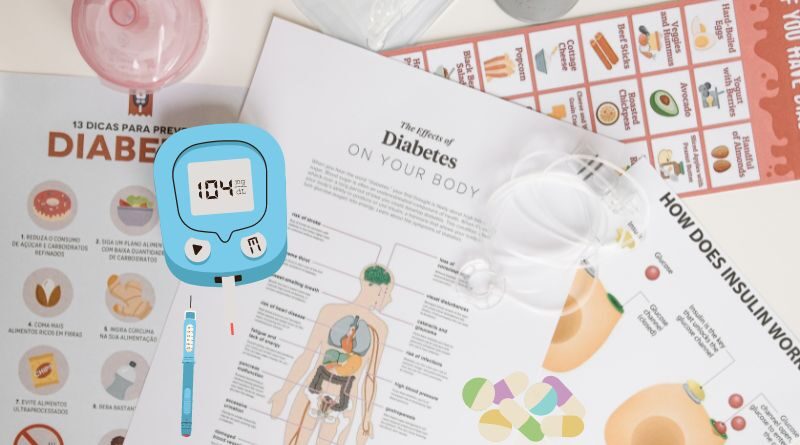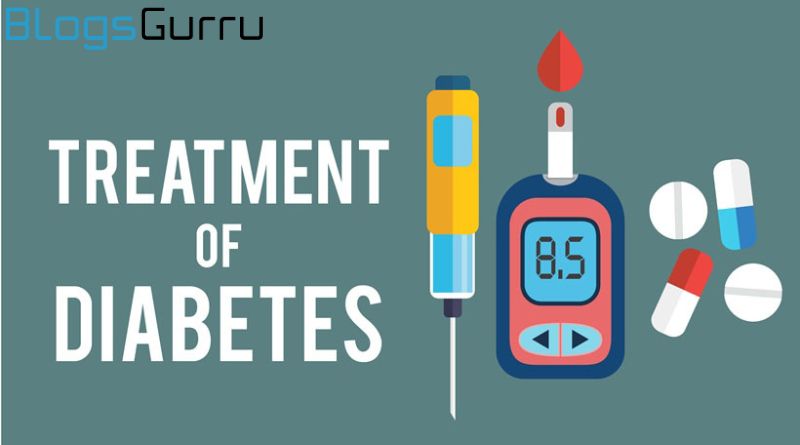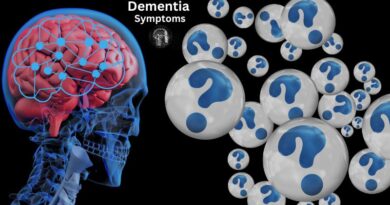All You Need to Know About Diabetes Types and Treatments
Diabetes types and treatments can vary depending on the type of diabetes. Before exploring these, it’s important to understand what diabetes is and how it affects the body and health. Diabetes is a group of metabolic diseases that are characterized by high blood sugar levels due to defects in insulin secretion, its action, or both. Diabetes can lead to serious complications like kidney failure, blindness, heart disease, stroke, and lower limb amputation.
Type 1 Diabetes
Type 1 diabetes is an autoimmune condition that usually affects children and young adults under the age of 25 years old. It develops when beta cells in the pancreas stop producing insulin, leading to high blood sugar levels. The cause of this still isn’t clear, but it’s often triggered by viruses, genetics, or drugs like birth control pills or prednisone for asthma. Even with access to insulin therapy, type 1 diabetes can lead to problems like kidney disease, cardiovascular disease, eye damage, nerve damage (from prolonged high blood sugars), amputations of limbs that are prone to ulcers, skin infections from reduced sweating from high insulin levels (diabetic dermopathy)
Gestational Diabetes
Pregnant women are often at risk for gestational diabetes during pregnancy. Gestational diabetes is a type of diabetes that occurs when the mother has not previously been diagnosed with the disease and is only discovered during pregnancy. While this type of diabetes does not typically have any long-term effects on your health, it should be monitored carefully for complications in the meantime. During this time period, gestational diabetics may need more insulin as well as other treatments to help keep their blood sugar levels in check. Overall, there are three types of gestational diabetes: preexisting GDM, transient GDM, and insulin-dependent GDM.
Insulin Pumps
An insulin pump is a device that you wear like a belt or harness. Insulin is stored in the pump, which can deliver small doses of insulin through an infusion set into your body whenever needed. What do you do if you experience low blood sugar? If this happens, you should eat or drink something with sugar quickly and wait for your blood sugar levels to rise before taking more insulin. You may also want to consult with your healthcare provider on how best to handle lows.
Medication
An overview of diabetes types and treatments, overview of diabetes types and treatments The most common type of diabetes is Type 2 diabetes. The pancreas, which is an organ located near the stomach, is not producing enough insulin or the body’s cells are resistant to the insulin that is being produced. With Type 1 diabetes, however, the person doesn’t produce any insulin at all because their pancreas has been attacked by their own immune system.
In either case, blood sugar levels can get too high because there’s either not enough insulin in the blood or it isn’t working properly for whatever reason. If a person with Type 2 diabetes doesn’t monitor his or her blood sugar levels closely or make changes in diet to address this issue, other medical problems may arise.
Dietary Considerations
The most common type of diabetes is type 2, which is associated with insulin resistance in the body. Treatment includes diet adjustments (such as losing weight) and increasing physical activity. However, there are many people who have been diagnosed with type 1 diabetes.
This is an autoimmune disorder that typically affects children or young adults, but it can also be a genetic condition in which antibodies cause a person’s pancreas to be unable to produce enough insulin for their body’s needs. In these cases, treatment generally involves multiple injections of insulin per day as well as certain dietary restrictions such as reducing carbohydrate intake.
Physical Activity and Exercise
Physical activity benefits everyone, but it can be particularly helpful for people with diabetes. You should discuss this issue with your healthcare team before starting any physical activity program, especially if you have type 1 or type 2 diabetes.
Talk about what you need to monitor, what goals you want to work on when it’s safe for you to exercise and how long you should wait between bouts of exercise. Remember that blood sugar levels may drop during or after exercise, so monitoring your glucose is important. Diabetes isn’t just a disease; it’s a lifestyle choice too!
The Sciences behind Diabetes
This is a brief overview of the two most common types of diabetes, type 1 and type 2. Type 1 diabetes occurs when insulin-producing cells in the pancreas are damaged by either an autoimmune attack or another virus (such as German measles).
For people with type 1 diabetes, insulin must be injected regularly because their bodies cannot produce enough on their own. Type 2 diabetes happens when the pancreas produces normal amounts of insulin but some cells cannot absorb it for various reasons. As a result, glucose builds up in the blood instead of being used for energy in these cells.
How is the pancreas involved in diabetes?
The pancreas is an organ that produces the hormones insulin and glucagon, which regulate the levels of glucose in the bloodstream. When people eat carbohydrate-containing food, their blood sugar level increases, which signals beta cells in the pancreas to release insulin into the bloodstream. The insulin transports glucose from the bloodstream into cells where it can be used for energy or stored as fat.
With type 1 diabetes, this process doesn’t work properly because these cells have been destroyed by one’s own immune system (though no one knows exactly why). For someone with type 2 diabetes, this process is also disrupted due to genetics or lifestyle choices.
For more updates regarding Health & Fitness, keep browsing Blogs Gurru.





